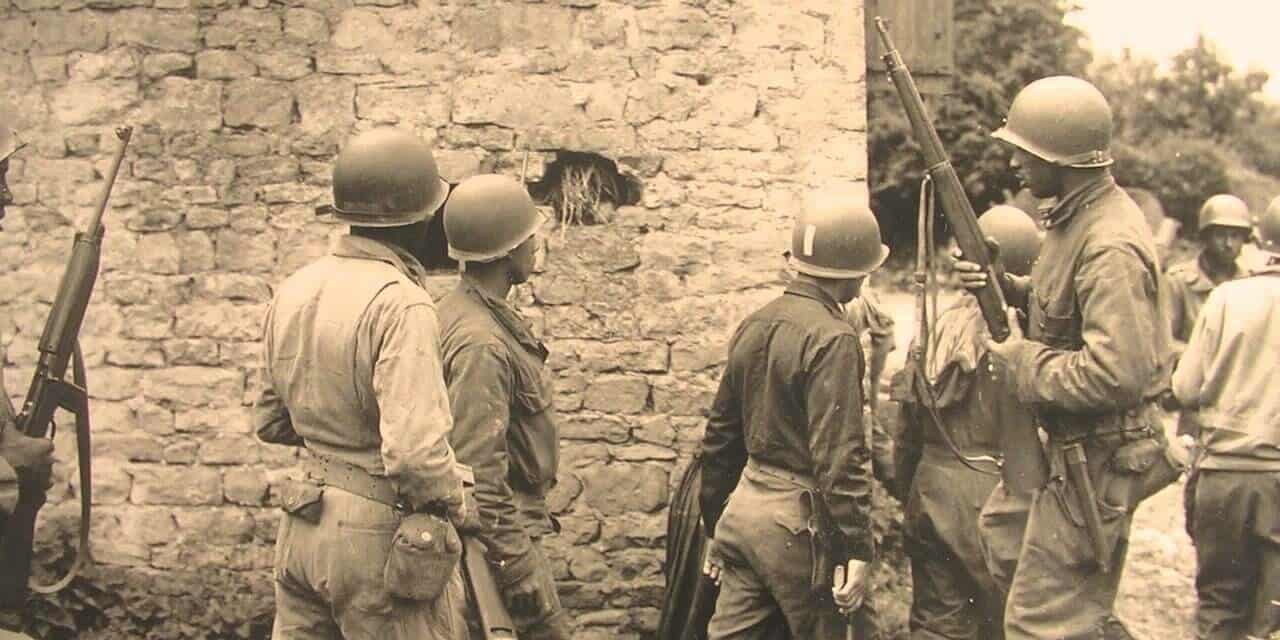American history is littered with names of great people. But what about the lesser-known people who shaped American history? Monticello, Thomas Jefferson’s principal plantation and Neoclassical Palladian hilltop mansion near Charlottesville, Virginia, is one of America’s most iconic historic buildings. Featured on the back of nickels, not only is Monticello a National Historic Landmark, but also a UNESCO World Heritage Site. It only exists today because of the preservation efforts of a little-known nineteenth-century Jewish sailor and philanthropist, Uriah Phillips Levy.
He saved Monticello from ruin, then donated it to the US government. Historic accounts naturally gravitate to the accounts and deeds of the famous, but much of history was actually created by little-known figures, such as Monticello’s savior. Following are forty things about him and other lesser-known Americans who shaped the country’s history.

40. Thomas Jefferson’s Monticello Needed a Savior
Thomas Jefferson was a complex man. He penned soaring rhetoric such as “all men are created equal“, which inspired idealists ever since. He also owned hundreds of slaves. A prominent Enlightenment figure and proponent of decency, Jefferson sexed up his dead wife’s lookalike half-sister when she was thirteen and kept her as a concubine for the rest of her life. He even enslaved his own children from that relationship.
He authored quotes such as “I have never considered a difference in politics… as cause for withdrawing from a friend“. He also turned on his friend John Adams, subjected him to some of the most heinous political attacks in American history, and became his avowed enemy. He advocated for a simple life, yet lived far beyond his means, splurging on luxuries such as fine imported wines. So deeply indebted that he was unable to afford maintenance, his plantation, Monticello, was decrepit and mortgaged to the hilt when he died. It took a little-known Jewish sailor to save and preserve it for the nation.

